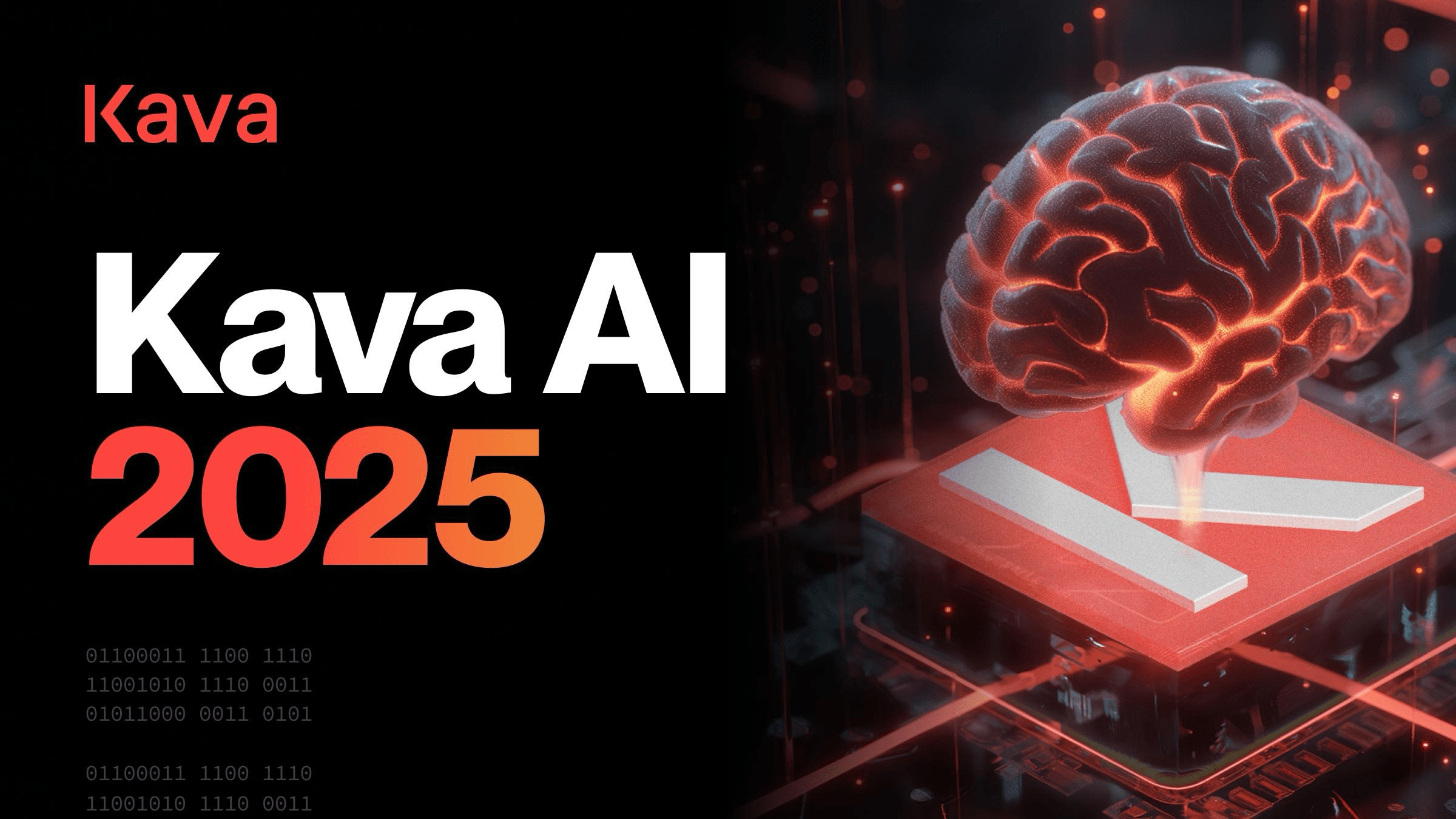
In the current landscape of crypto finance, Kava @kava is gradually constructing a truly cross-chain capable open financial network through a series of solid infrastructure actions and ecological strategies. It not only achieves full compatibility with the Ethereum Virtual Machine (EVM), but also integrates two mainstream tech stacks into a unified Layer 1 architecture through the interoperability of Cosmos SDK. This design is not just a simple stacking of functions; it fundamentally reduces the migration costs and usage barriers for developers.
Speaking of actual experience, many users first encountered Kava @kava through staking and stablecoins. For example, you can deposit BNB directly to mint USDX, or participate in lending through Kava Lend; the entire process is smooth and the fees are extremely low—an average transaction cost of only $0.0001. This smoothness is not coincidental; it reflects Kava's deep refinement of the dual-chain architecture: the EVM part is responsible for compatibility with familiar development tools, while the Cosmos side handles cross-chain communication and consensus, with real-time synchronization between the two chains through translation modules.
In terms of ecological incentives, the Kava Rise program has allocated a fund of $750 million, distributing rewards to the protocol based on actual usage. This 'pay-as-you-use' mechanism is more sustainable than traditional mining and has attracted native applications such as UXD and Equilibre to launch one after another. Currently, the entire ecosystem has over 125 dApps running, with total locked assets maintained at over $300 million and cross-chain bridged assets accumulating over $2.5 billion.
Another highlight worth noting is Kava's layout in the stablecoin space. Last year, Tether officially issued USDT natively on Kava, which not only brought deeper liquidity but also attracted payment gateways like NOWPayments to support merchants in directly receiving payments in USDT on the Kava chain. For users, this means they can now complete the entire process of storage, lending, and payment on the same chain, without repeatedly going through cross-chain hassles.
In terms of governance, KAVA @kava holders can participate in network decisions through staking and proposals. For example, the earlier governance proposal 141 promoted the reform of the token economic model, reducing inflation to zero and establishing a strategic fund of over $300 million for ecological construction. This community-led governance mechanism, combined with a decentralized network of 100 active validating nodes, allows the system to remain flexible while also robust.
From an investment perspective, Kava's market capitalization is currently around $400 million, with a fully circulating supply of 1.08 billion tokens, in the early stages of value discovery. However, its true potential may be far from priced in—being one of the few hub chains that deeply integrates both the BNB Chain and Cosmos IBC ecosystems, Kava is positioned at a key location for the flow of funds among multiple mainstream ecosystems. Coupled with recent initial attempts at AI functionality and the RWA sector, it may be brewing an explosion in the next phase.
In summary, Kava is not simply chasing hot trends but is continuously delving into interoperability, developer experience, and capital efficiency. This 'let the product speak' style may be its most reliable asset in the future multi-chain competition.

